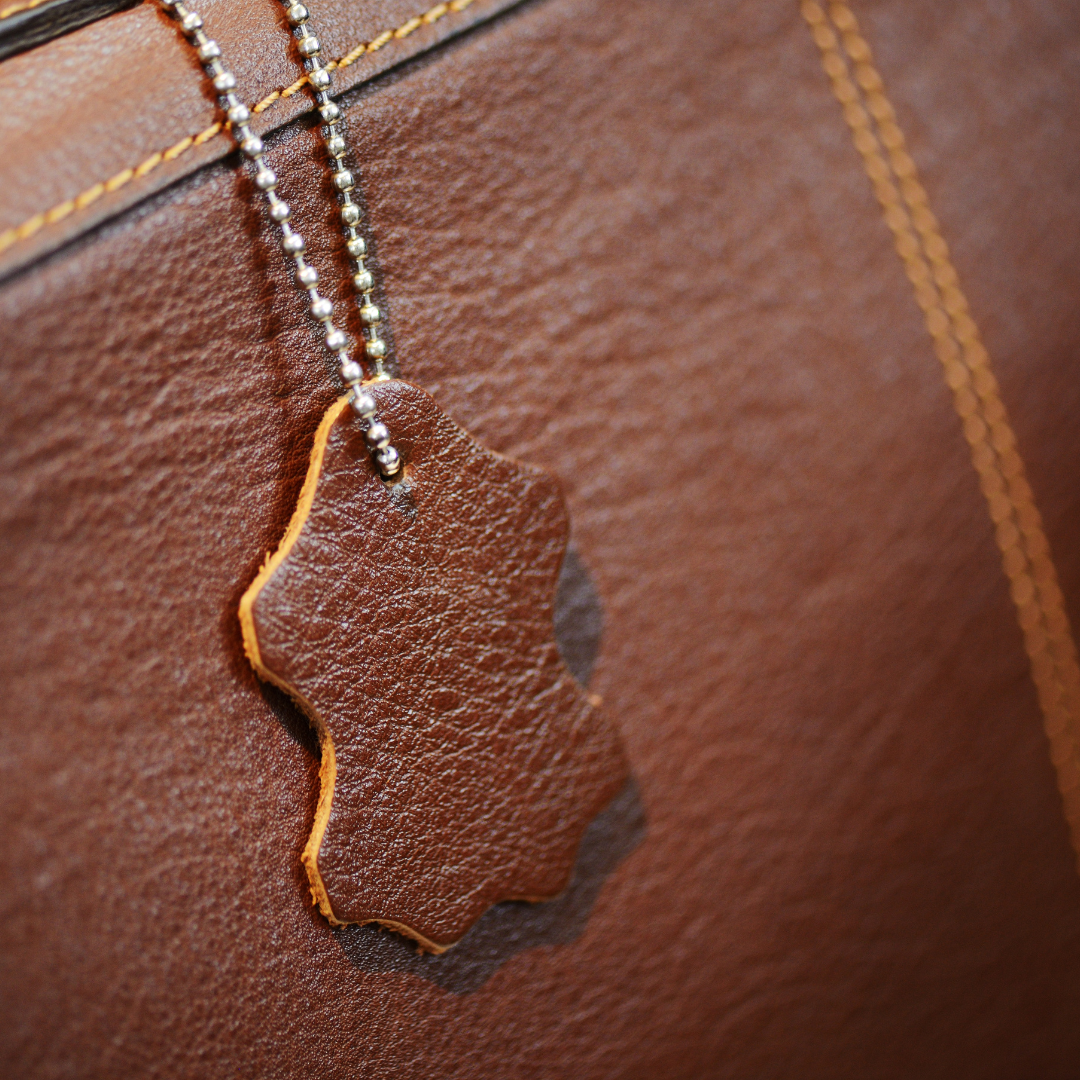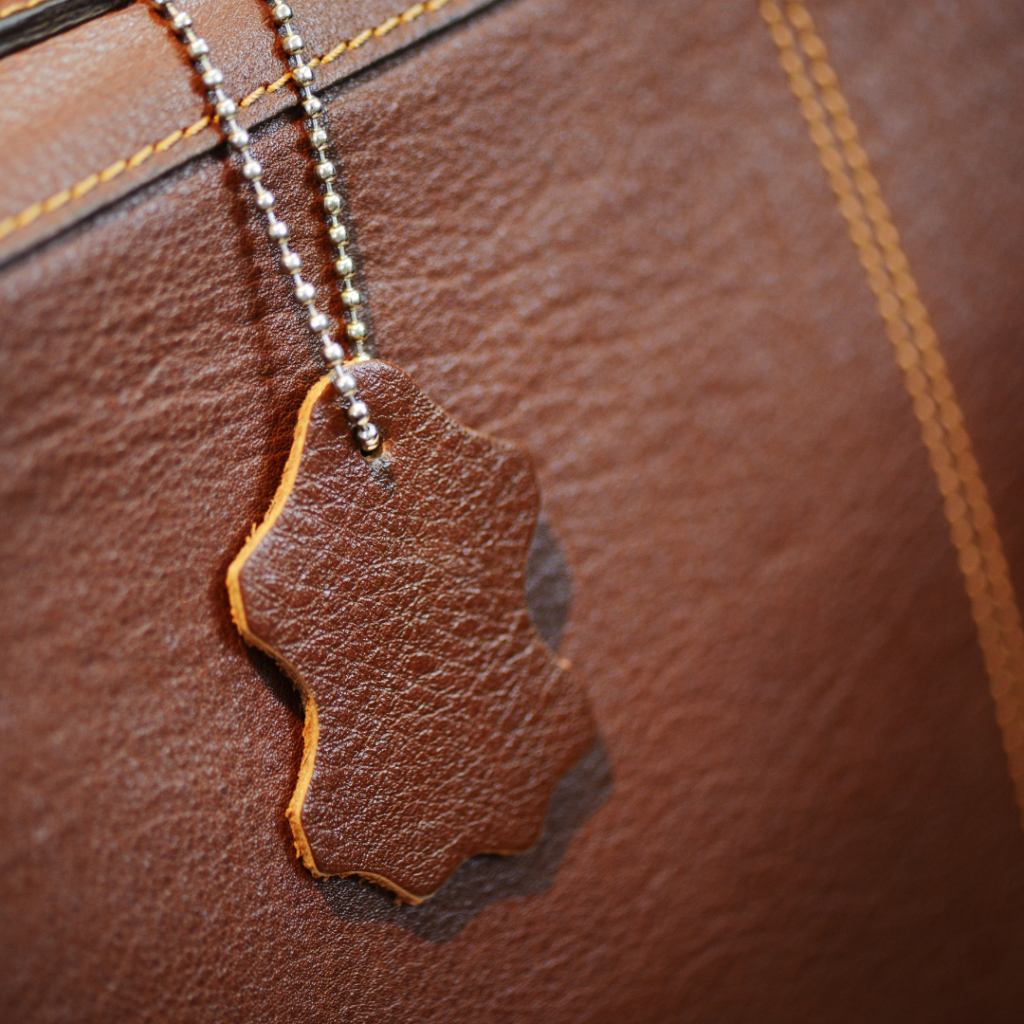
Sustainability ABC
Welcome to “The Dictionary of Sustainability”. Here, we explore the […]

Skin is one of man’s first and most useful discoveries. Our ancestors used the leather to protect themselves from the elements. Today as then, leather is in fact a by-product of the food industry and represents one of the oldest examples of circular economy.
The art of tanning is a tradition that has been handed down from generation to generation in all cultures of the world thanks to its ability to transform animal skin into a resistant and long-lasting material. Over the centuries, the production of leather has become a real industry that embraces various sectors, from fashion to automotive. However, over time, the need arose to reduce the environmental impact of the tanning industry and solve the problems associated with pollution.
In recent decades, the tanning industry has evolved towards a more sustainable approach that aims to reduce negative impacts on the environment. This process includes the use of enzyme-based products, water purification and better waste management.
The tanning industry is an example of how an ancient tradition can evolve towards a more sustainable and environmentally friendly system. Through technology and research the industry is trying to reduce its negative impacts and create a more sustainable future for future generations.
